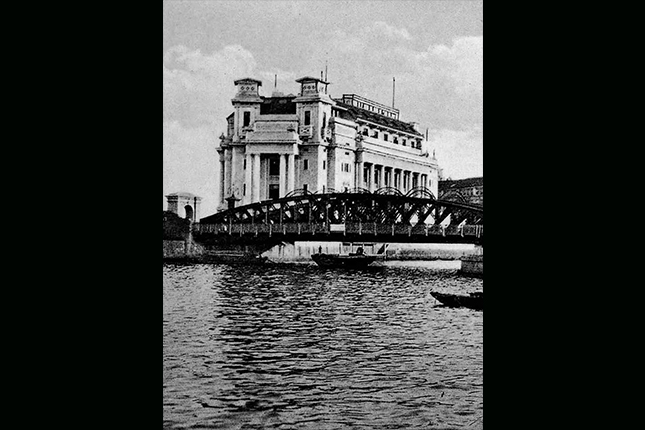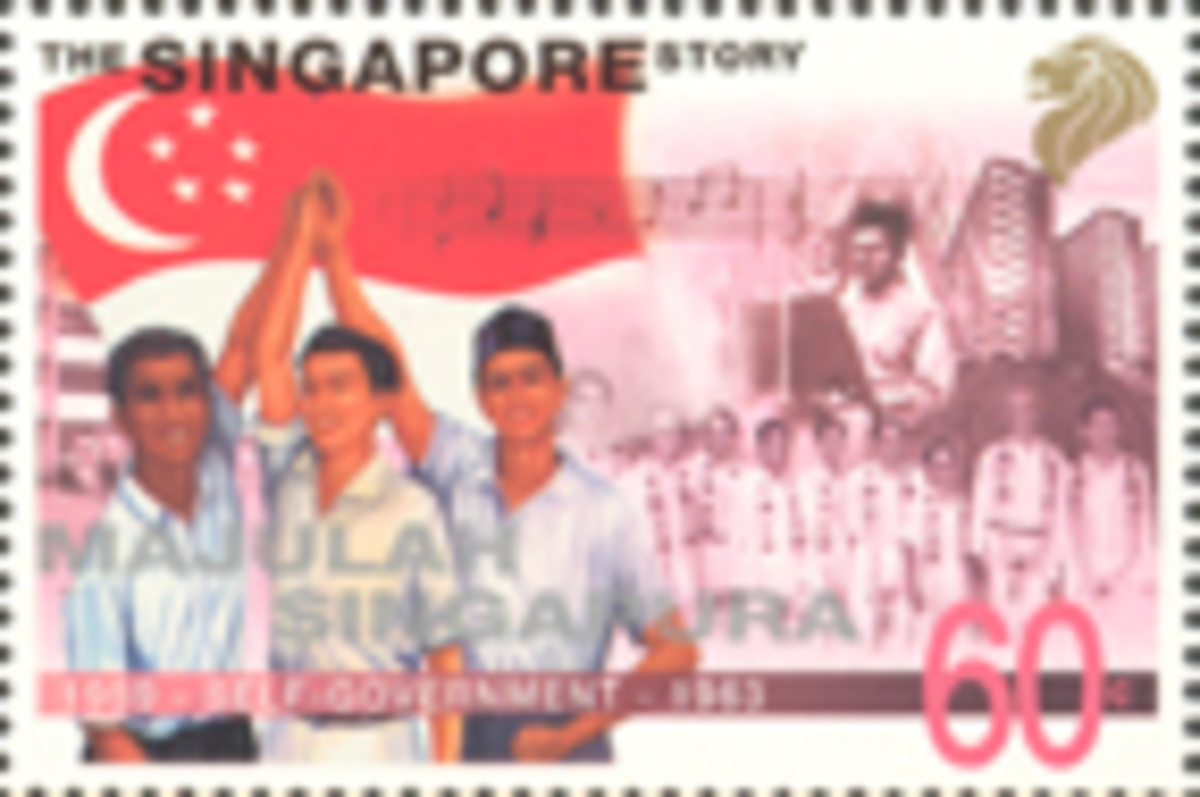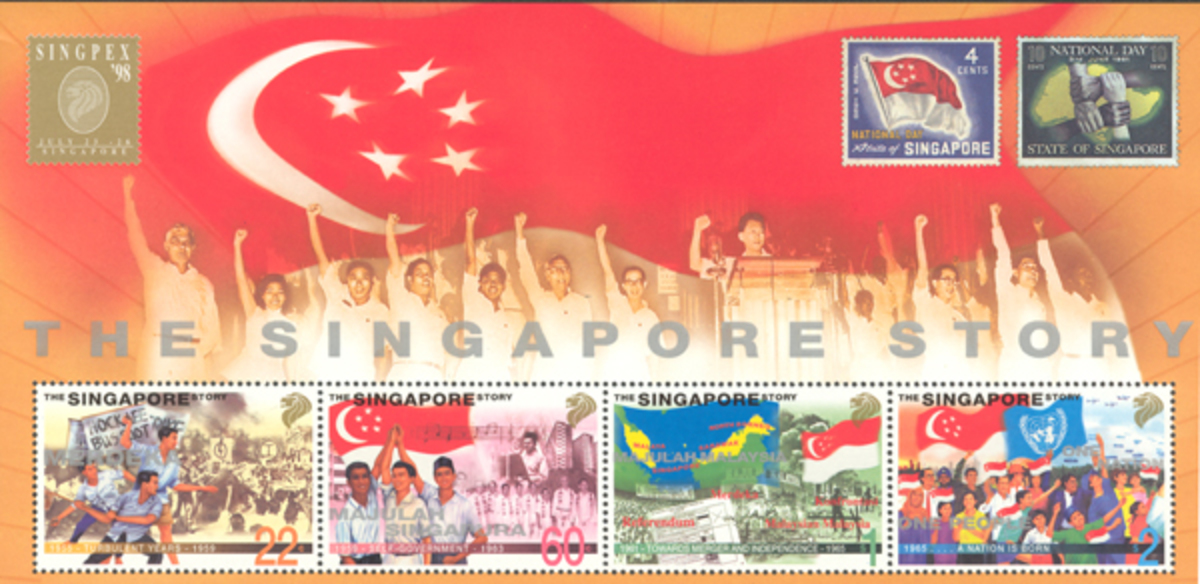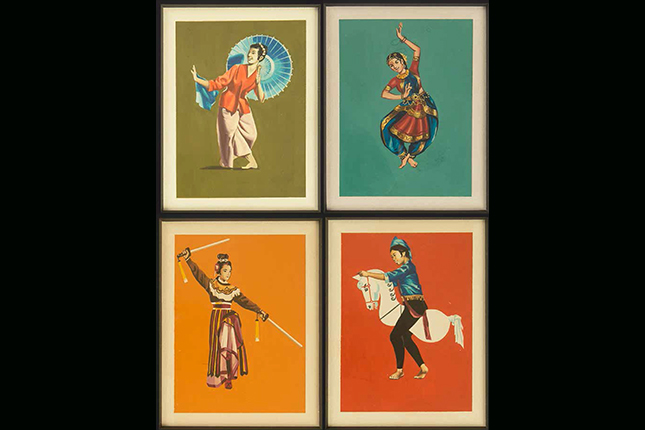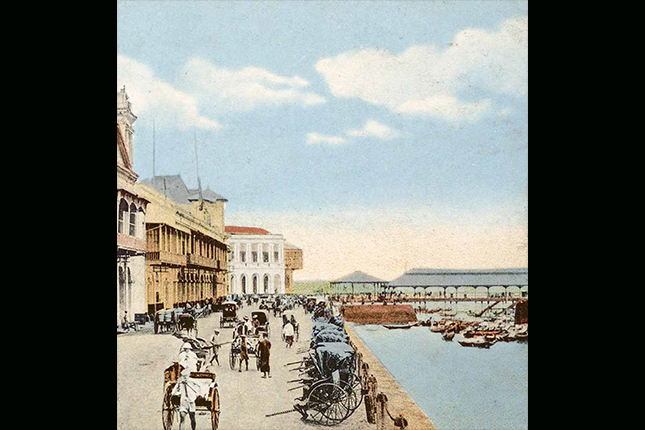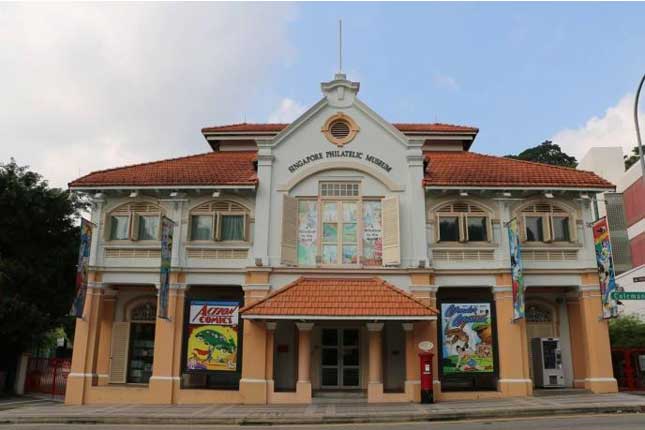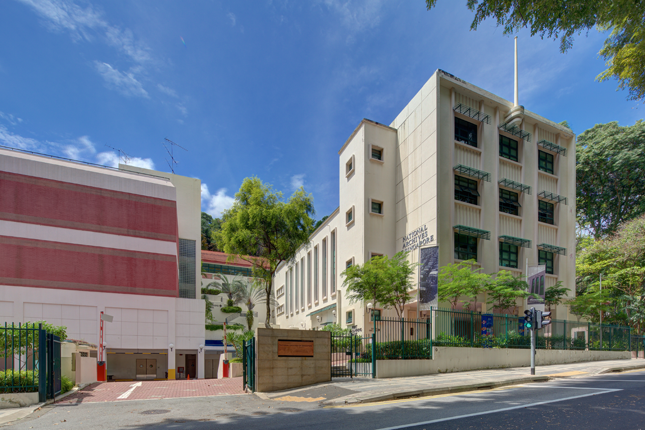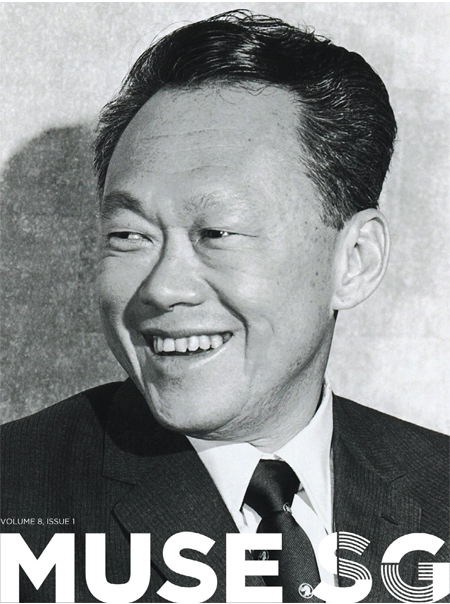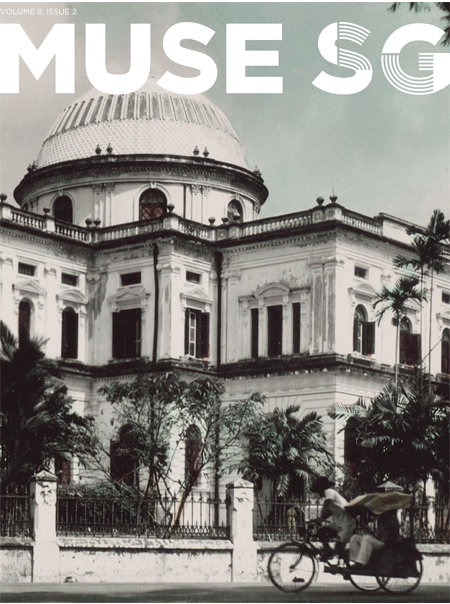Text by Grace Maria Adams
MuseSG Volume 8 Issue 3 – Oct to Dec 2015
Tucked away on a hill, hidden among the high commercial buildings, it is difficult to imagine that a red-roofed, two-storey building holds the blueprints of the Singapore philately story.
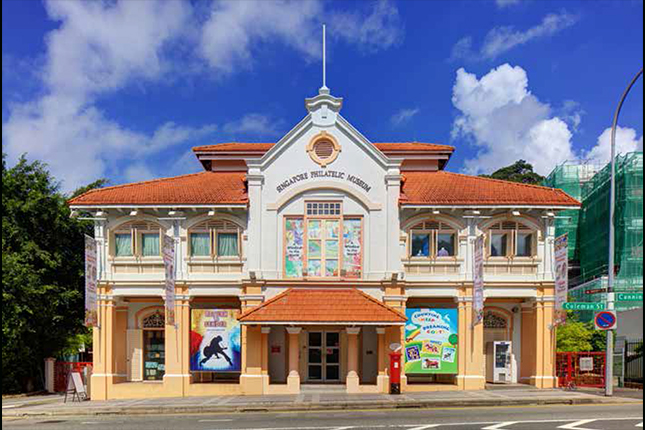
The Singapore Philatelic Museum is the humble abode to Singapore’s postal history since it opened on August 19, 1995. It is Southeast Asia’s first philatelic museum, with main galleries and travelling exhibitions, as well as a quirky museum shop known to be a philatelist’s playground. To the first time visitor, the museum readily offers a rich lesson in Singapore’s history and heritage with its collection of deceivingly simple stamps.
A Nation’s Story in Stamps
Before the advent of technology, mail was the main form of long-distance communication for the maritime port. The East India Company introduced the first postage stamp in Singapore in 1854. The Straits Settlement government took over the issue of stamps between 1867 and 1946.
As the mail volume and demand for postal services in the country increased, the General Post Office was relocated several times. The Fullerton Building, named after Robert Fullerton who was the first governor of the Straits Settlements, was a grand post office established by the side of the Singapore River in 1928. It was the largest building in Singapore when it was first completed.
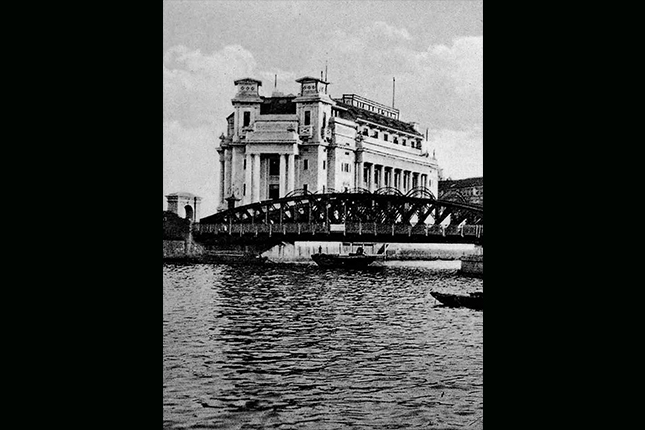
The initial purpose of stamps was purely functional, used only for everyday postal needs. They were issued regularly at the post office.
In 1917, the Red Cross was the first to use the stamp to solicit funds for war victims, by printing “RED CROSS — 2c” over three- and four-cent stamps. In another example, King George V stamps were issued with the overprint “Malaya Borneo Exhibition” to commemorate an exhibition unveiling the budget plan to develop reclaimed land at Telok Ayer.
During the Japanese Occupation, the Japanese used stamps as a propaganda instrument to establish their sovereignty. The Japanese recalled existing stamps throughout the country and overprinted them to deface the British sovereign head on the stamps. They then redistributed the colonial stamps in Japanese. Unexpectedly, the first public postage stamp design contest was organised during the Japanese Occupation period.
After World War II, postal services resumed under the British Military administration. Due to the mandatory one-month period to overprint stamps, postal services were free of charge (FOC) between September 17 and October 18, 1945. Besides the necessity of the FOC grace period — the alternative being cancelling all postage services — it was also thought to be a fitting way to celebrate the end of the war.
The first set of Singapore stamps were issued in 1948, making history by featuring the word “Singapore”. The event was commemorated with a stamp design with a lion statue as its main feature.
Beginning from the 1960s, stamps were used extensively to commemorate significant political, social and economic events in Singapore’s history. In 1960, for Singapore’s historical first National Day, the stamp issue featured the new state flag. In 1961, the stamp showed the joining of hands of four individuals from the Chinese, Malay, Indian, and Others (CMIO) ethnicity model. In 1962, skilled labour was depicted to show the turnaround of Singapore’s economy by industrialisation; in 1963, blocks of Housing Development Board (HDB) flats were featured. Loosely speaking, the stamp designs were the visual manifestation of Singapore’s social, economic, and political ambitions.
Throughout the years, stamps have told different stories, immortalising people, events, buildings and even botany. In this digital age, it can be argued that definitive stamps have reached the end of an era. On the other hand, just like how photographs hold memories, the collection of stamps in the Singapore Philatelic Museum still holds value, serving as a photo book of sorts that narrates the Singapore story.
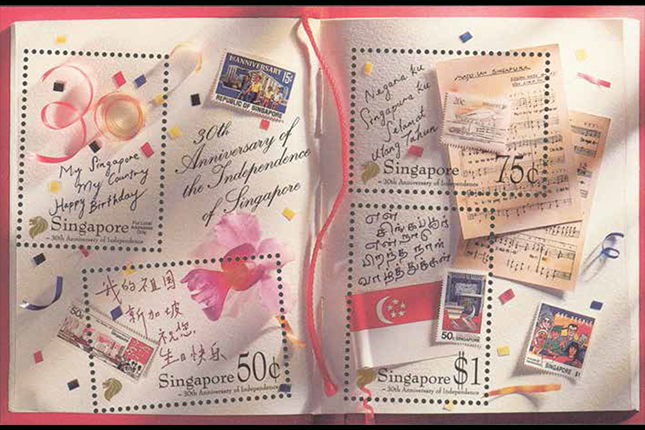
Today’s Singapore Philatelic Museum
The Singapore Philatelic Museum has been active in its mission to acquire and exhibit postage-related artefacts, and to educate the public on philately. The public gets to enjoy the wonders of the 1.3 by 1.8 inch prints, amongst other paraphernalia, in colourful, cosy, and interactive exhibitions.
The stamp galleries are not all exclusively in local flavours. In the recent Return to Sender — An Exhibition, the Singapore Philatelic Museum showcased an array of stamps and collectibles related to Elvis Presley. The collection, that includes vinyl records and movie posters, was on loan from a Singapore collector. The exhibition ended on 15 November, 2015.
Every visitor leaves the Singapore Philatelic Museum with a sticker in the shape of a stamp. More importantly, they are taking with them a unique, educational experience. Going past the red postbox (which they can mail a real letter or postcard from) that holds fort at the museum entrance and exit, one can hope that they have discovered a world of priceless legacies in the humble two-storey abode.




